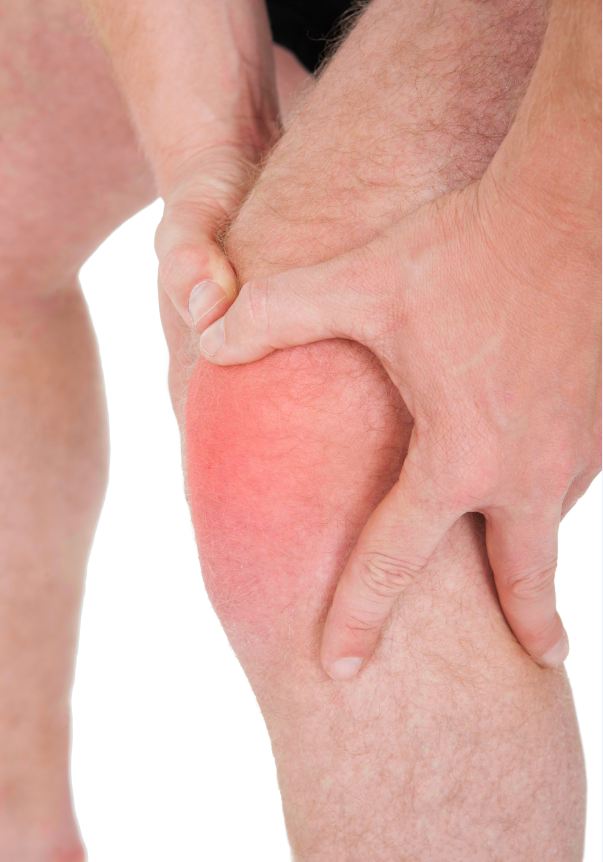Rash is a change of the human skin which affects its color, appearance, or texture. Your skin may become scaly, bumpy, itchy, or irritated. It may be affected in both one part of the body and all the skin.
Common Causes & Types
Eczema: Also named atopic dermatitis, eczema is a chronic skin condition which makes skin red, scaly and itchy. It usually appears in patches on the face, neck, limbs or trunk. This type of rash usually appears periodically and more likely to occur in people with allergies or asthma.
Psoriasis: Psoriasis causes a buildup of rough, scaly skin which become itchy, dry and inflamed. In some situations, it will be pain in the patches of skin buildup. Like eczema, this is a condition that breaks out only periodically. Topical medications are used to treat such serious forms of this condition.
Chickenpox: This condition is caused by a viral infection and is characterized by extremely itchy blisters, it usually appear all over the body and occurs in children.
Shingles: Shingles occurs when the chickenpox virus becomes reactivated during adulthood. It produces a comprised of small blisters and preceded by a burning or aching feeling.
Skin Welt/Rash: This type of rash can occur as a result of skin injury or irritation. Pain medications with soothing creams can be used to relive these types of rashes.
Heat Rash: Heat rash usually occurs during hot, humid weather or due to wearing tight clothing or overdressing.
Allergic Reaction: When someone occurs an allergic reaction, it may result in a rash. This type of rash typically begins as small red spots that spread over large areas of the body.
Hives: These red itchy bumps appears suddenly and resolved easily.
Diagnosis
Your doctor will ask you about your medical history, including your allergy history and your work history, to check for possible exposure to chemical irritants or to people with infections. According to this, your doctor may suspect a specific cause based on your medical history and the history of your rash. Your doctor will try to confirm this suspicion by examining the rash’s appearance, location, pattern and any associated symptoms. In many cases, the results of your physical examination will clarify the diagnosis, and no further tests will be needed.
When required, additional testing may include:
Blood tests
Patch tests
Wood’s lamp
Tzanck test
KOH preparation
Skin biopsy
Treatment & Home Remedies
Treating skin rashes need under the supervision of a dermatologist.Treatment depends on the cause of the rash and your doctor advice. Here are some tips for you:
–Use mild cleaning products in place of scented soap.
–Wash your skin and hair with warm water in place of hot water.
–Pat the rash dry instead of rubbing it.
–Let the rash breathe. If possible, avoid covering it with clothes.
–Stop using new cosmetics or lotions because they can cause skin rashes.
–Use odorless moisturizers in areas affected by eczema.
–Avoid rashes because they can make things worse and can lead to infection.
–If the rash is very itchy and causes discomfort, use an over-the-counter hydrocortisone cream in the affected area. Calamine lotion can also help reduce the rash of chickenpox, poison ivy, or poison ivy.
–Oatmeal bath.This can relieve the rash caused by eczema or psoriasis.
–If you have dandruff and rash, wash your hair and scalp frequently with dandruff shampoo.Medicated dandruff shampoos are usually sold in pharmacies, but your doctor can prescribe stronger ones if you need them.



